Memories of Otto Lilienthal
"The researcher with the crown of thorns"
Otto Lilienthal's first flights in 1891 are widely regarded as the birth of human aviation. Celebrating the 100th anniversary of this historic event in 1991, the German Museum of Technology in Berlin (Deutsches Technikmuseum) opened an exhibition under the title “Dream and trauma of German aviation”. Both of these perspectives on the history of aviation can be applied to Otto Lilienthal. In 1894 he wrote a letter to popular socio-ethical publicist Moritz von Egidy about his visions on the future of aviation. He foresaw two things: world-wide air traffic and everlasting peace in a world, where you could just simply fly across borders. While Lilienthal's visions about global aviation would eventually come true, his hopes about eternal peace brought on by aviation would turn into the exact opposite. In 1936 Hermann Göring, commander-in-chief of the Luftwaffe, unified all German research institutions on aviation into the “Lilienthal society”.
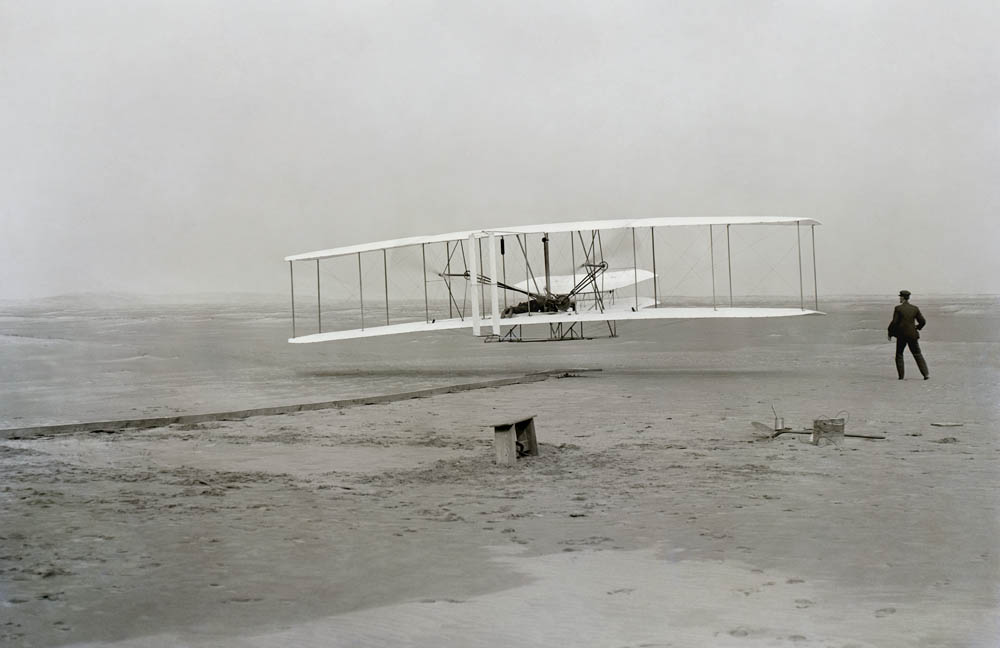
Brothers Orville and Wilbur Wright opened a new chapter in aviation history with their 59-second flight on 17 December 1903. The pioneers saw themselves as "Lilienthal’s heirs" and honoured him accordingly: "Of all the men who dealt with the challenges of flight in the 19th century, Otto Lilienthal was undoubtedly the most important. (...) No one did as much as he to convince the world of the advantages of the curved wing, and no one contributed as much as he did to lead the challenges of human flight out of the study rooms and into the open wind where it belonged."
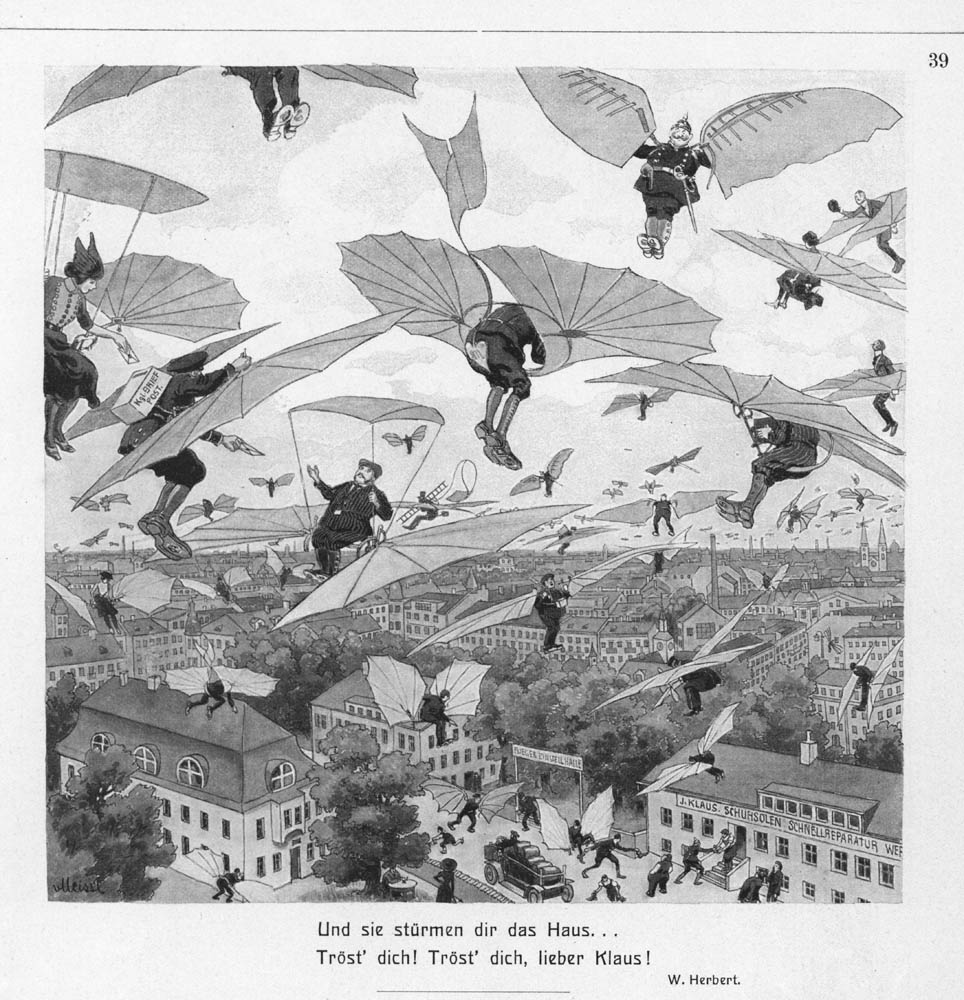
Scientific and popular magazines already wrote about Otto Lilienthal during his lifetime. The pictorial records of his attempted flights and visions also lend themselves to humorous comments."Air traffic with Lilienthal wings", cartoon from the magazine „Fliegende Blätter, 1910 [Flying Sheets]
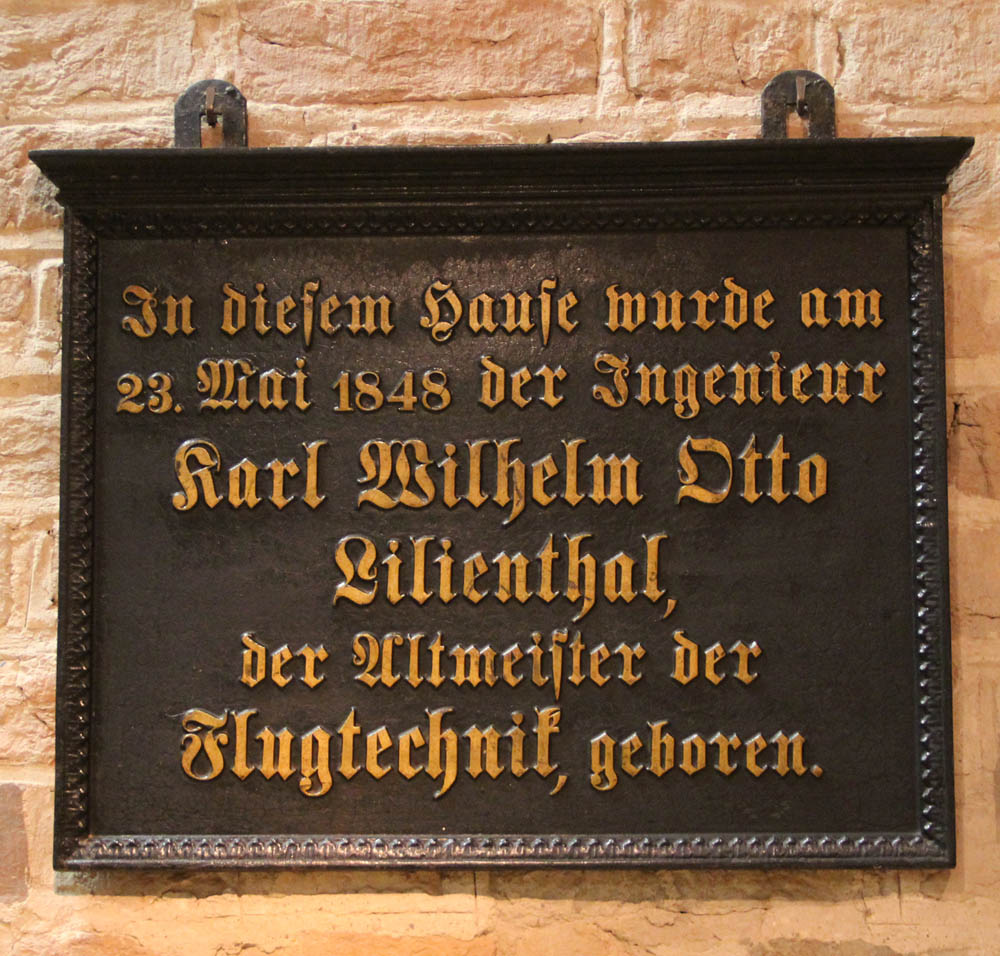
Commemorative plaque for Otto Lilienthal's birthplaceOn the occasion of a visit to Anklam by Gustav and Marie Lilienthal, the city's magistrate donated a memorial plaque for their brother Otto at the family's home in Peene Street. The plaque is now located in the regional history museum in the stone gate. The birthplace of Otto Lilienthal was destroyed in the Second World War. Today, a bust with his portrait commemorates the former resident of 8 Peene Street.
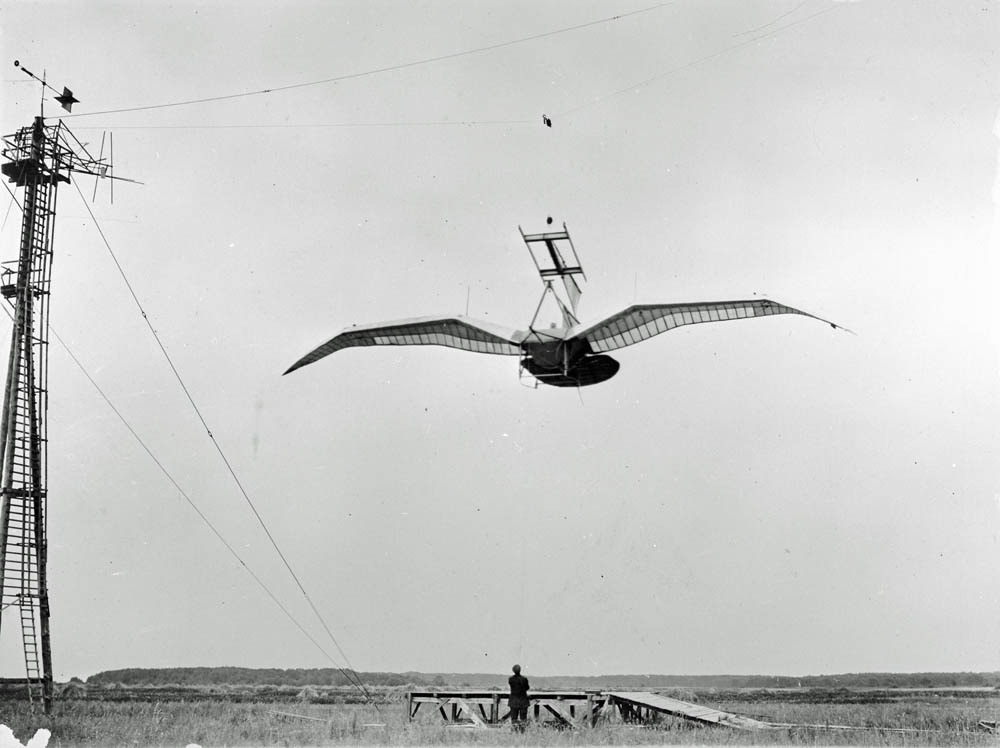
Gustav Lilienthal resumed the brothers' shared vision many years after Otto’s death: a flying machine that enabled people to rise into the air by propelling the flapping wings themselves.To realise the idea, Lilienthal operated an experimental station first in Cuxhaven and then in Altwarp on the Oderhaff.Gustav Lilienthal's experimental station with "large bird model". A remnant today at the Anklam Museum, Photograph, 1914
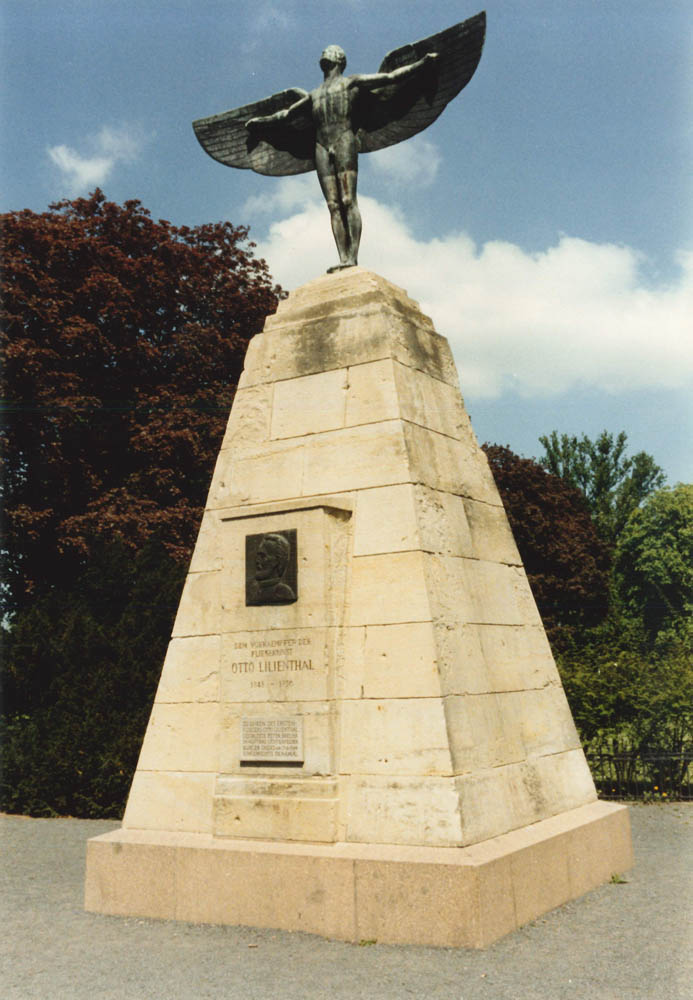
Lilienthal monument in the Bäkepark in Berlin-Steglitz by Peter Breuer, a sculpture quoted several times, also described as the most beautiful monument ever dedicated to an engineer. Photograph, 1914
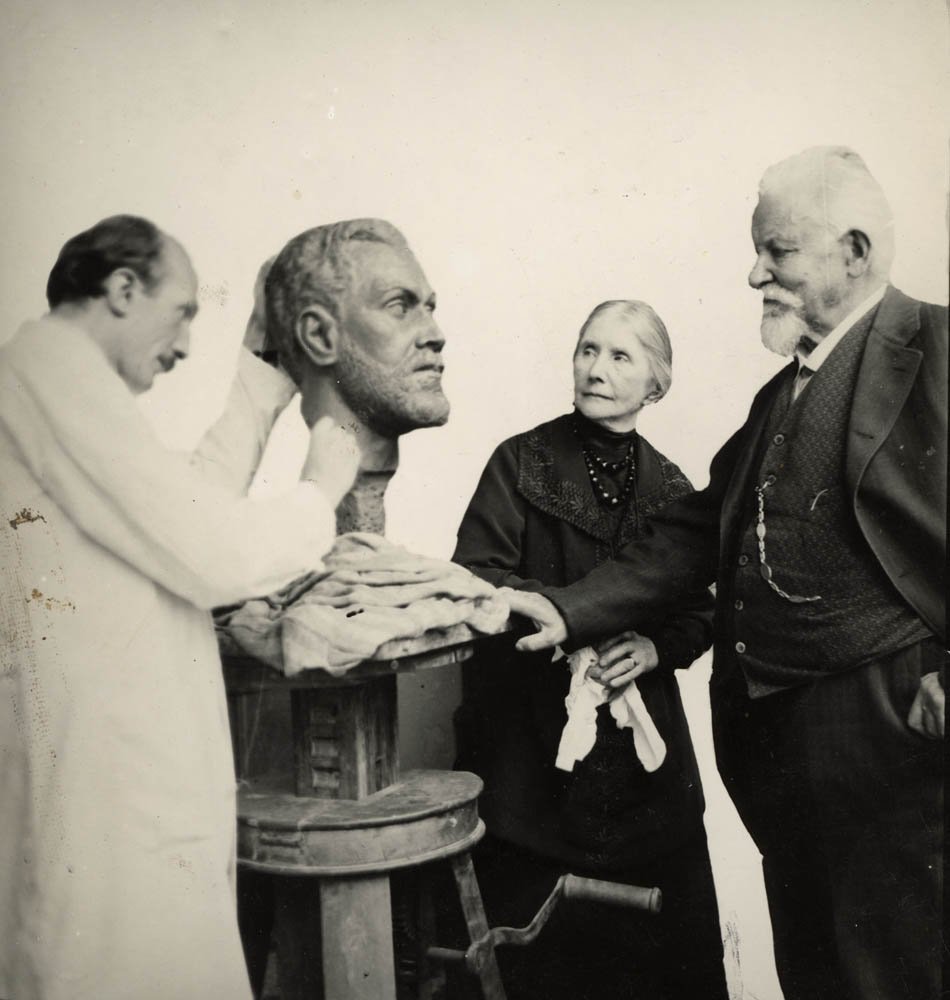
Gustav and Anna Lilienthal next to the sculptor Olaf Lemke at the bust of Otto Lilienthal, photo montage using various original photographs
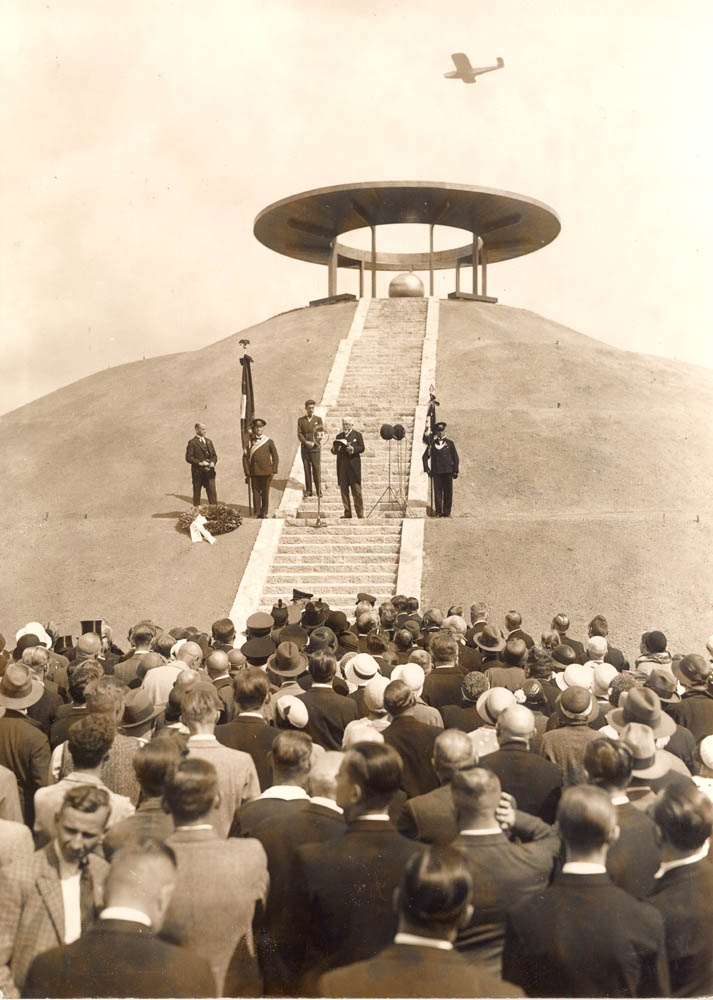
Otto Lilienthal MemorialInauguration of the Otto Lilienthal memorial at his “Fliegeberg” [Flying Mountain], photograph, 8.10.1932
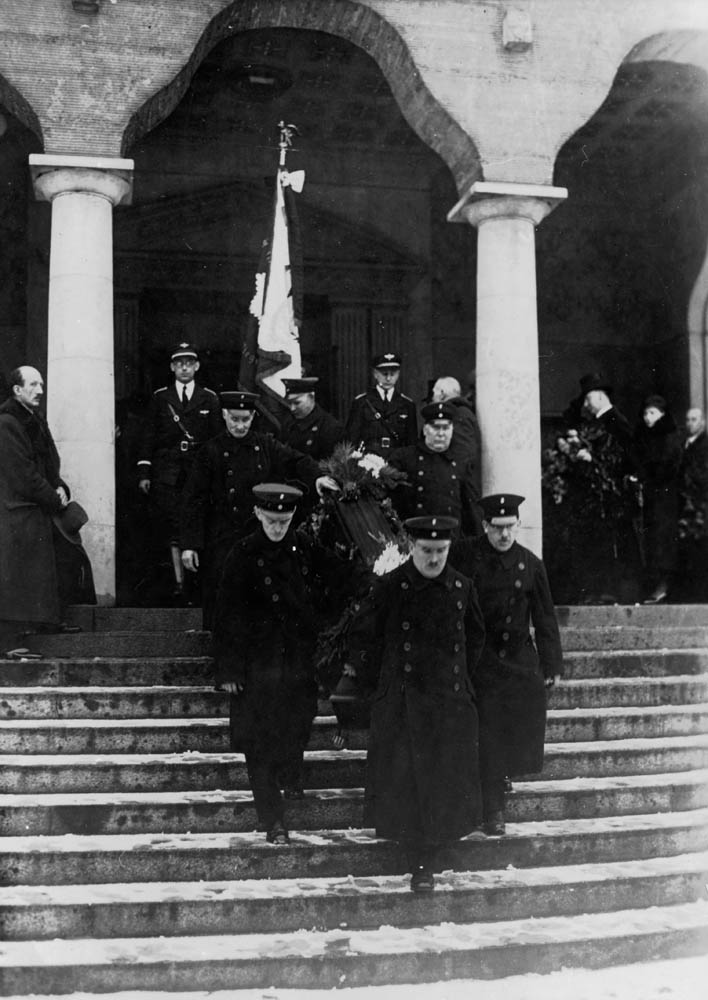
Funeral of Gustav Lilienthal 1933, Photograph, 1933
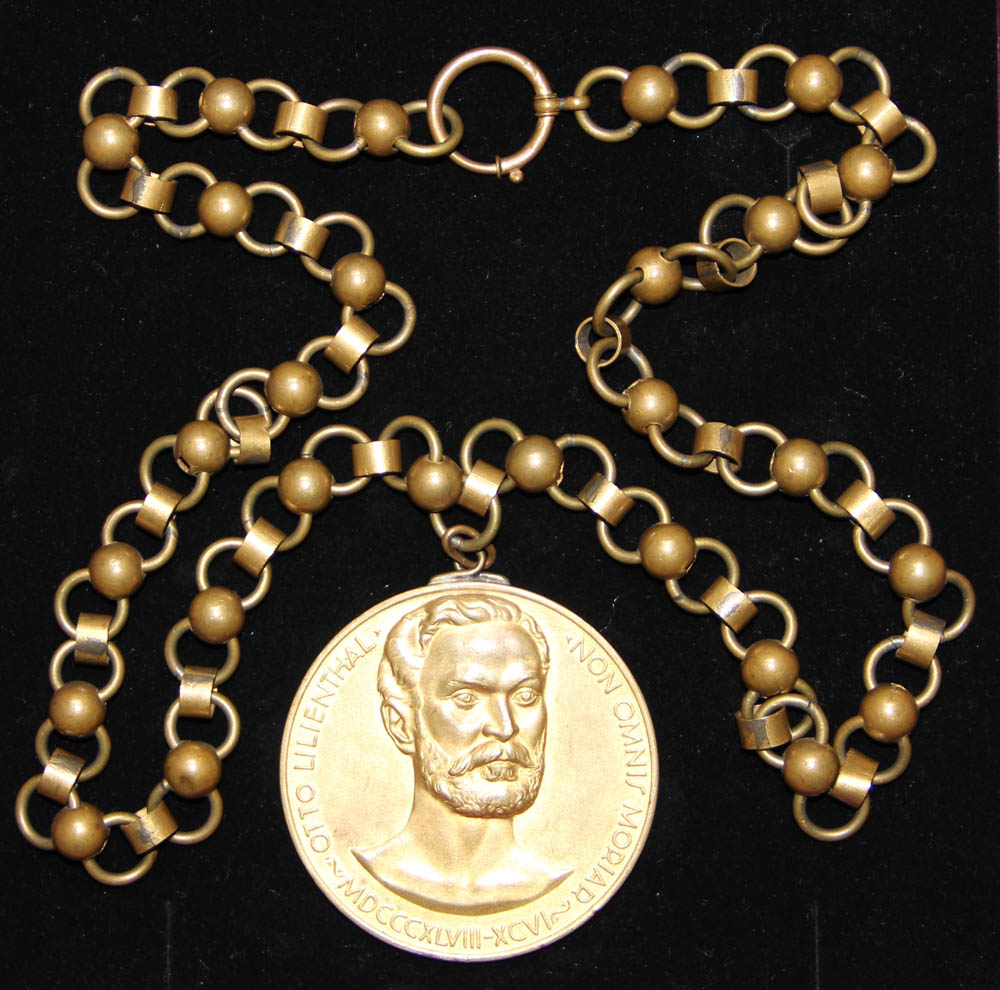
"Non omnis moriar" = I shall not dieOtto Lilienthal Medal: "For outstanding achievements" of the "Scientific Society of Aviation", gold-bronze on original necklace, pre-1935
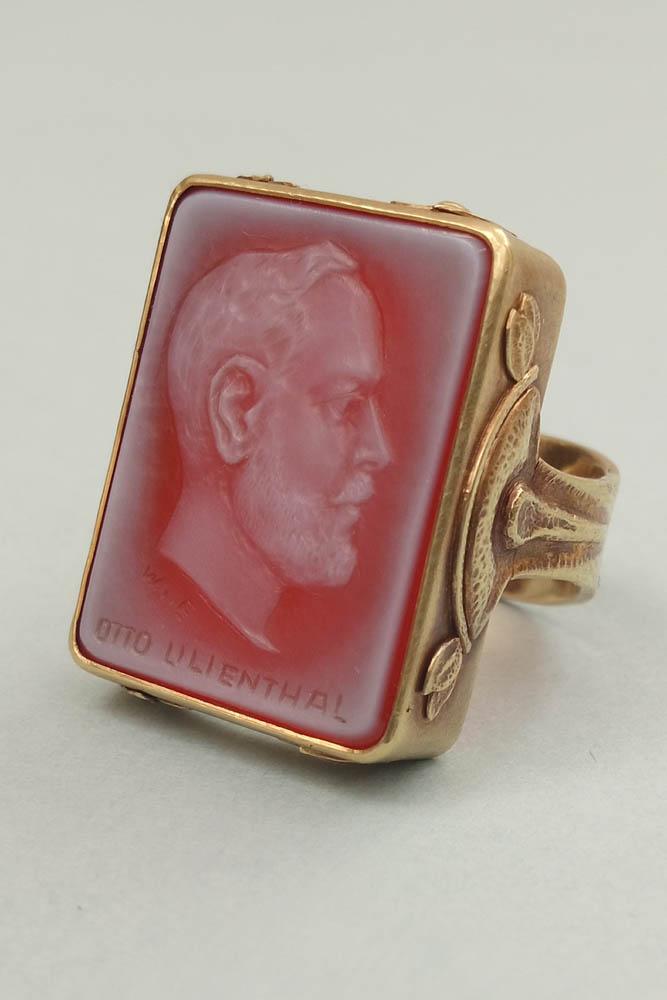
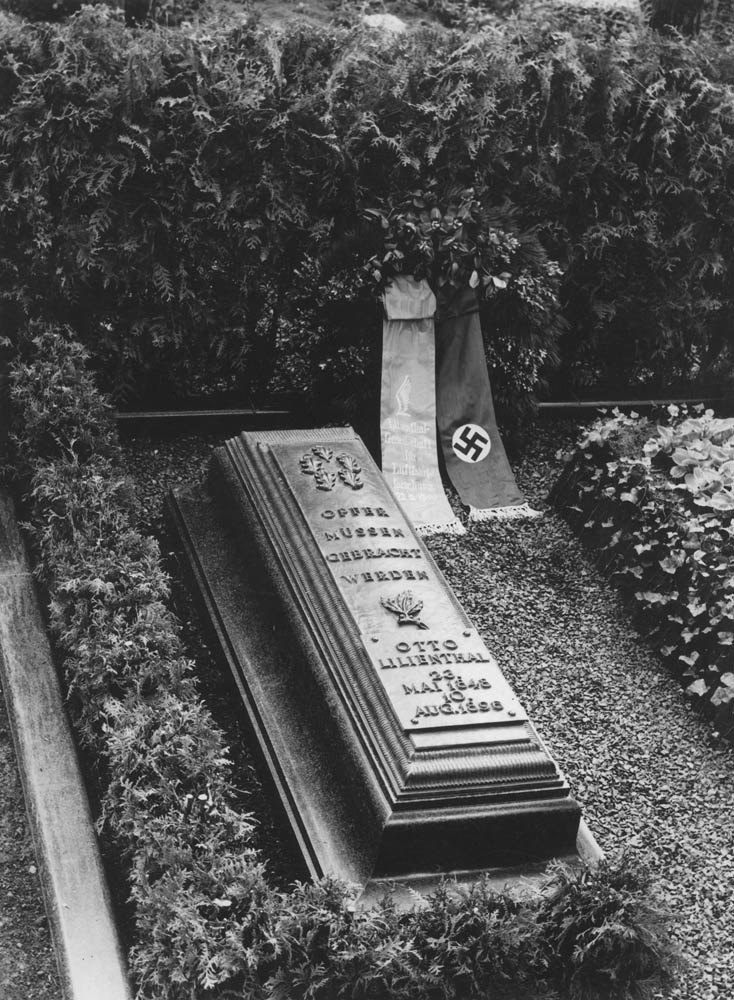
In 1896 Otto Lilienthal was buried at the cemetery in Berlin-Lankwitz. His gravestone still reads to this day: "Sacrifices must be made". The gravestone with the inscription was placed by order of the Lilienthal Society for Aviation Research in 1940, an organisation of Hermann Göring's NS Reich Aviation Ministry. With this, the Nazis instrumentalized Otto Lilienthal, who saw the aircraft as a means of achieving eternal peace, for their own propaganda.
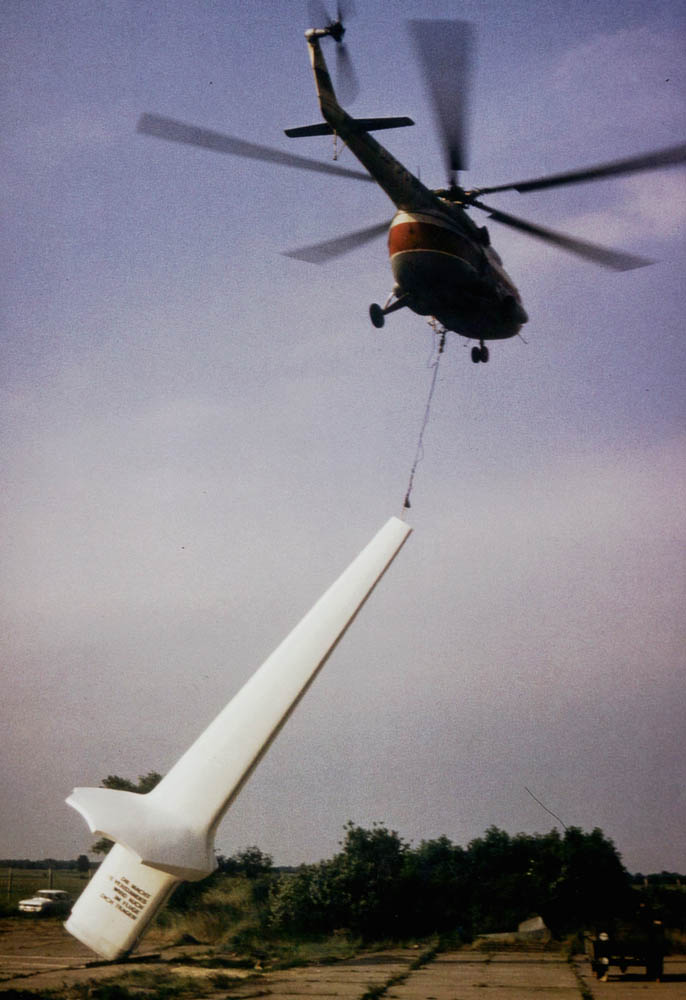
Transport and installation of the Lilienthal monument in Anklam, photograph, 8.06.1982
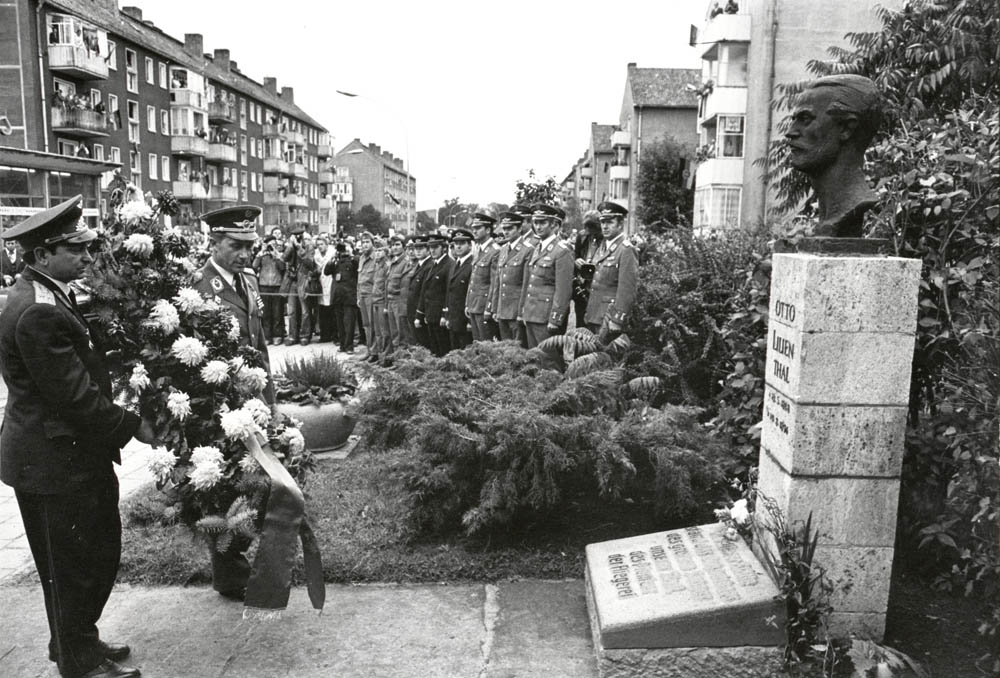
"2nd cosmonaut visit" - unveiling of a commemorative plaque at the Otto Lilienthal Museum, tribute to Lilienthal at the bust in front of his birthplace (photo), and commemorative event in the market squareThe cosmonauts Sigmund Jähn and Waleri Bykowski at the Lilienthal tribute in Anklam, photograph, 1983
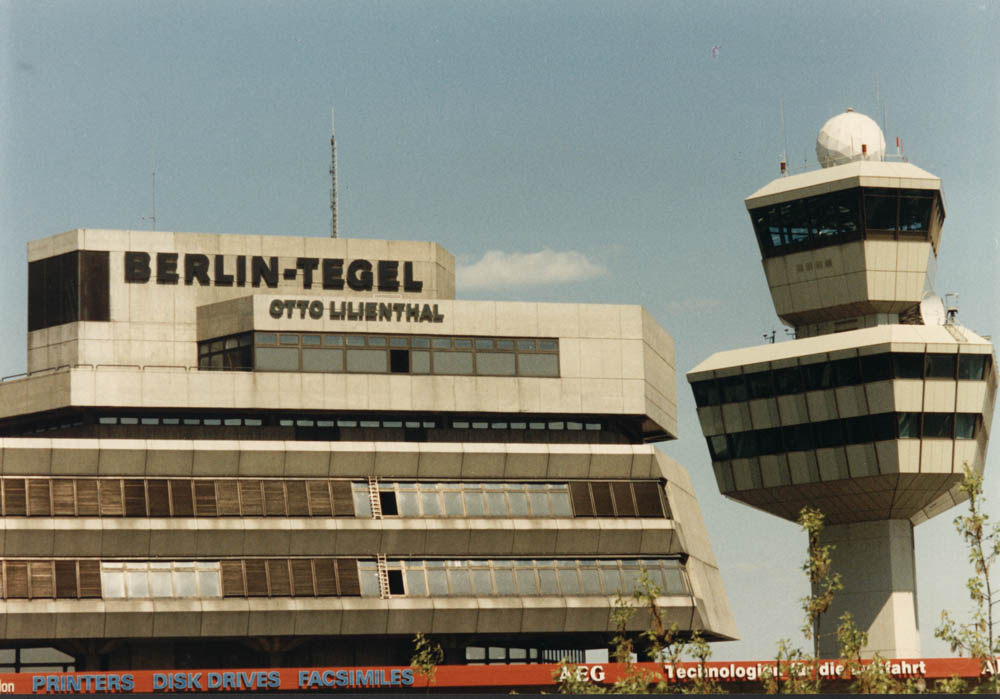
Berlin-Tegel Airport is dedicated as Otto Lilienthal AirportPhoto: P. Eggert
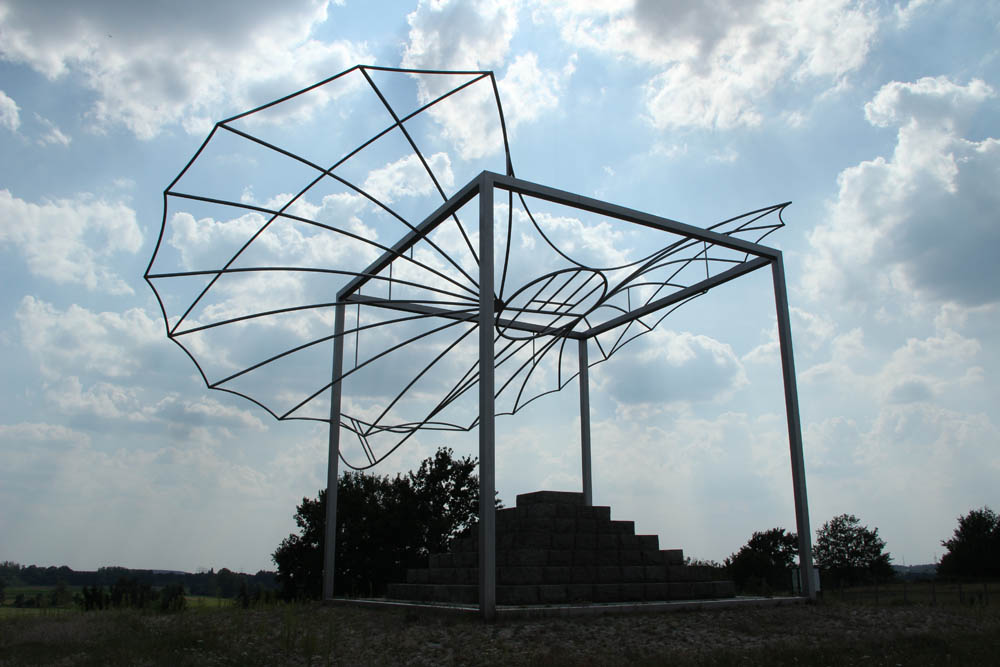
Monument in DerwitzLilienthal monument on the Windmühlenberg in Derwitz, photograph, Cornelia Heinze, 1.09.1991
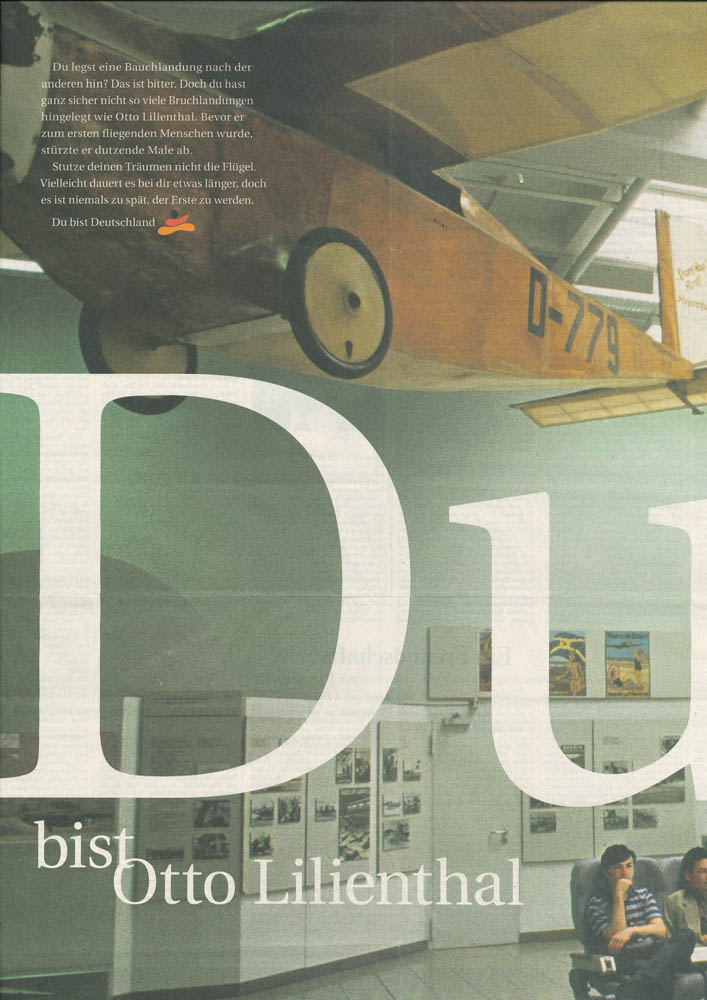
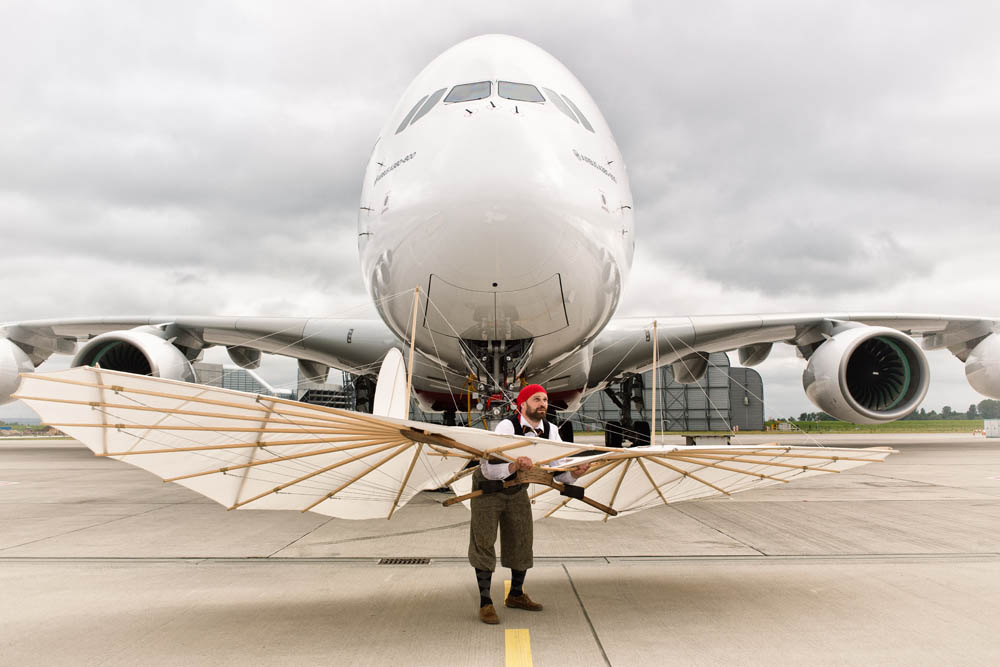
DLR – TestsThe world's first aircraft to be produced in serial production (Lilienthal's normal glider) meets the world's largest airliner (A380) for a unique photo shoot.Lilienthal glider meets A380, Airbus Operations GmbH in Hamburg-Finkenwerder, 2016
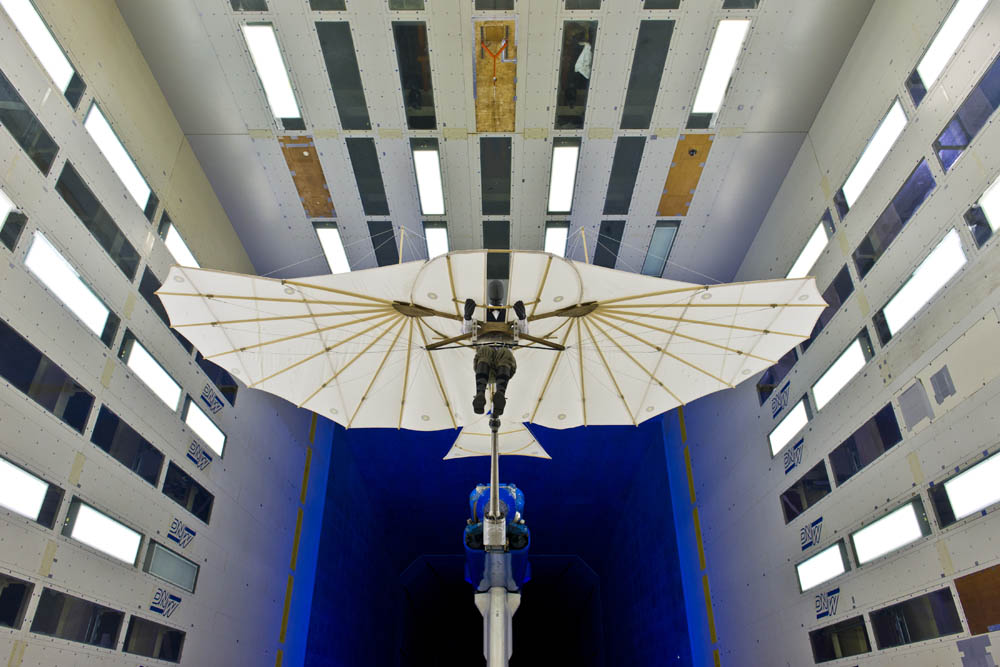
125 years of human flight: Researchers from the German Aerospace Center (DLR) commission the Otto Lilienthal Museum to build a "working" replica of the "Normalsegelapparat" [normal glider], based on Otto Lilienthal's original designs. The Institute of Aerodynamics and Flow Technology examined the aerodynamic properties of the first series-produced aircraft in history in the wind tunnel and was able to confirm Lilienthal as the forefather of modern aviation.
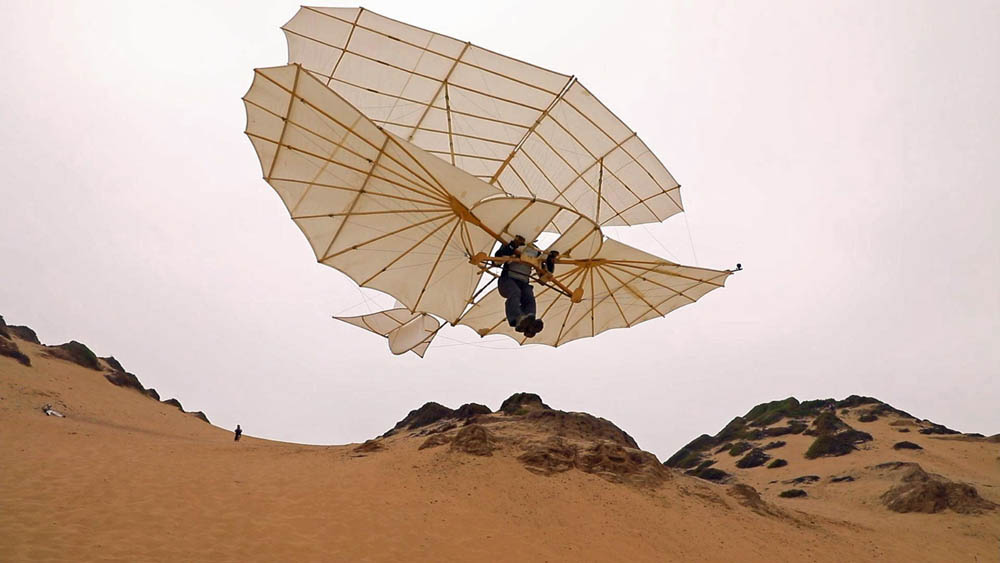
Professor Markus Raffel from the German Aerospace Center (DLR) flies a historically accurate replica of the world's first biplane designed by Otto Lilienthal on the California coast.